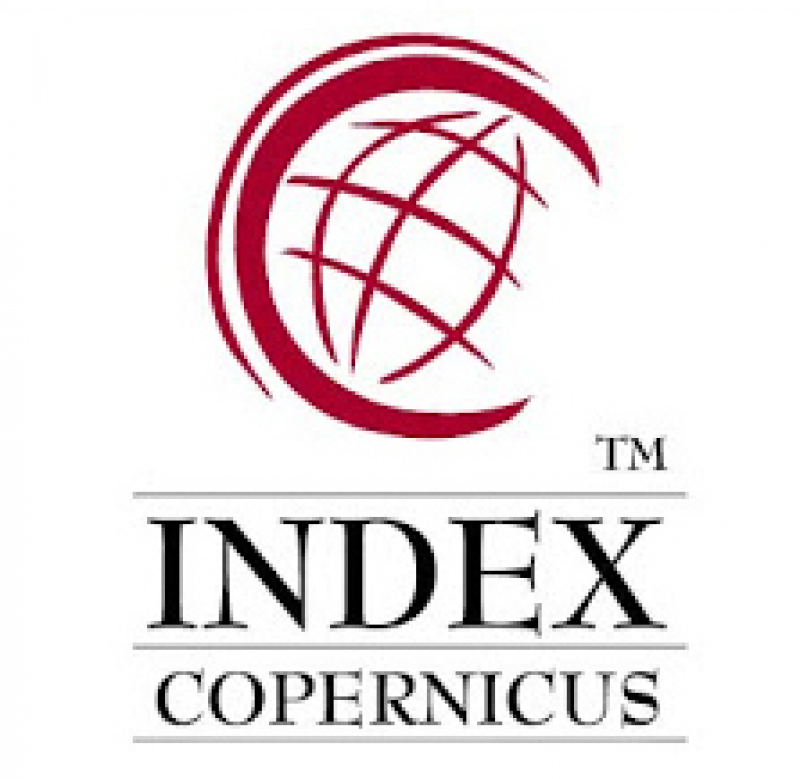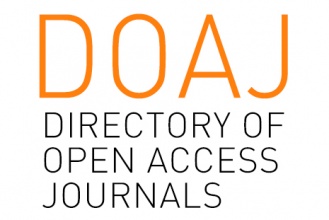Papua Stone Burning Tradition in the Perspective of Fine Art Symbolism, Ritual, and Cultural Expression
Abstract
The tradition of stone burning is one of the traditional rituals on the island of Papua, stone burning is the cultural identity of the Papuan people. This ritual is not only a method of cooking in general but also contains symbolism, rituals, and cultural expressions that are rich in social, spiritual and aesthetic values. This research aims to analyze the tradition of the ritual of stone burning in the perspective of fine art with a focus on elements of symbolism, ritual and cultural expression. Data were obtained from several sources collected from various literatures such as books, articles and related journals. The results of the study show that the tradition of stone burning from the perspective of fine art is not only a tradition of eating together, but this tradition when viewed from symbolism can be interpreted as a very beautiful visual aesthetic in representing the cultural identity and spirituality of the Papuan people. Then the fine art perspective of cultural expression can be realized through installations, visual motifs, or collaborative works that reflect the values of tradition and modernity, and the ritual stage has a rich narrative and can be translated into visual and contemporary art.
Keywords
Full Text:
PDFReferences
Ardiansyah, I. (2022). Legal Protection of Intellectual Property Rights Against Traditional Culture in Indonesia. Journal of Trias Politika, 6(1), 123-129.https://doi.org/10.33373/jtp.v6i1.3894
Boer et al. (2020). The Meaning of Death Ritual Symbols in the Dayak Bahau Busang Tribe in Mahakam Ulu Regency. EJournal of Communication Science, 8(4), 26- 36.
Citra Setyaningtyas and Endang Sri Kawuryan, A. (2016). Safeguarding Traditional Cultural Expressions in Indonesia. Tambun Bungai Journal of Legal Science, 1(2), 122-132.
Communities and Regional Identity (Semarang Indonesia Case). Journal of Indonesian Legal Studies, 8(1), 45-92. https://doi.org/10.15294/jils.v8i1.63191
Elas, E. (2018). The Uniqueness of Burning Stones and Noken Traditional Events as a Cultural Tourism Attraction in Papua. Domestic Case Study 2018.
Fitriasari, R. P. D. (2012). Ritual as a medium for the transmission of artistic creativity on the slopes of Mount Merbabu. Kawistara Journal, 2(1), 25-35. https://doi.org/10.22146/kawistara.3933
Hendro, eko punto. (2020). Symbols: Meaning, Function, and Methodological Implications. Scientific Journal of Anthropological Studies, 3(2), 158-165. https://ejournal.undip.ac.id/index.php/endogami/article/download/30640/173 51
Khatimah, H. (2023). The Flow of Symbolism as a Movement in the Symbolization of Arabic Literary Works. Tabuah Scientific Magazine, 27(2), 72-79.
Kusuma, P. H., & Roisah, K. (2022). Protection of Traditional Cultural Expressions and Geographical Indications: An Intellectual Property with Communal
Kusumaningtyas, R. F., Hidayat, A., Soebiakto, G. P., Permana, A. F., & Abdullah, I. H. (2023). Traditional Cultural Expression as an Embodiment of Indigenous
Muslim, A. (2019). The Harmony Taste Of Bakar Batu Tradition On Papua Land. Heritage of Nusantara: International Journal of Religious Literature and Heritage, 8(1), 100-147. https://doi.org/10.31291/hn.v8i1.545
Nipur, M., Rumampuk, S., Matheosz, N. J., District, D. I., Regency, K., Jaya, P., & Papua, P. (2022). Vol. 15 No. 2 / April - June 2022. 15(2), 1-16.
Ownership. Journal of Indonesian Legal Development, 4(1), 107-120. https://doi.org/10.14710/jphi.v4i1.107-120
Rohidi, T. R., & Sabana, S. (2015). Graphic Arts as Cultural Expression and its Traces in the Fine Arts and Art Education Scene in Indonesia. Imagination, IX(2), 79-88.
Rumahuru, Y. Z. (2018). RITUAL AS A MEDIUM OF CONSTRUCTION IDENTITY: A Theoretical Perspective. Dialectic: A Journal of Thought 15 Islam and Social Sciences, 11(01), 22-30. https://jurnal.ianambon.ac.id/index.php/DT/article/download/1230/719
Setiawan, A. (2022). Legal Protection in the Sphere of Traditional Knowledge and Traditional Cultural Expressions of Soto as Geographical Indication and Typical Food of the Archipelago. Jurisprudence Commons, Law and Journal of Master of Law Program FHUI, 2 (December), 18. https://scholarhub.ui.ac.id/dharmasisyaAvailableat:https://scholarhub.ui.ac.id /dharmasisya/vol2/iss1/18
Sinta Dewi, N. R. (2022). The Concept of Cultural Symbols: The History of Human Religion and Culture. Abrahamic Religions: Journal of Religious Studies, 2(1), 1. https://doi.org/10.22373/arj.v2i1.12070.
Sumarto, S. (2019). Culture, Understanding and Application. Journal of Literacyology, 1(2), 16. https://doi.org/10.47783/literasiologi.v1i2.49.
Susanti, D. I., Sudhiarsa, R. I. M., & Susrijani, R. (2019). Traditional Cultural Expressions and Intellectual Property Rights. 254.
Systematic Literature Review Method to Identify Platforms and Methods of Information System Development in Indonesia. Indonesian Journal of Information Systems, 1(2), 63. https://doi.org/10.24002/ijis.v1i2.1916.
Tabuni, A. N. (2023). The Value and Function of Stone Burning Culture in Intertribal Relations in the Central Mountains of Papua. Ganaya: Journal of Social Sciences and Humanities, 6(1), 171-185. https://doi.org/10.37329/ganaya.v6i1.2210.
Tandiangga, P. (2021). According to the semiotic view, if all social practices can be considered as language phenomena, then they can also be viewed as signs. This is possible because. 2(5).
Triandini, E., Jayanatha, S., Indrawan, A., Werla Putra, G., & Iswara, B. (2019).
Weismann, I. T. . (2005). Symbolism According to Mircea Eliade. Jaffray Journal, 2(1), 54. https://doi.org/10.25278/jj71.v2i1.152.
DOI: http://dx.doi.org/10.18415/ijmmu.v12i2.6476
Refbacks
- There are currently no refbacks.
Copyright (c) 2025 International Journal of Multicultural and Multireligious Understanding

This work is licensed under a Creative Commons Attribution-NonCommercial-NoDerivatives 4.0 International License.
https://ijmmu.com
editor@ijmmu.com
facebook.com/ijmmu
Copyright © 2014-2018 IJMMU. All rights reserved.



































